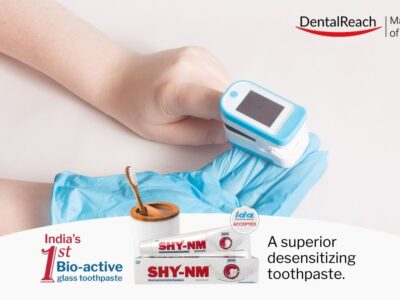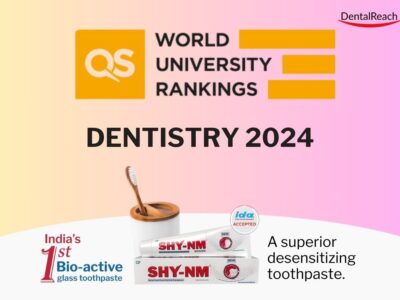A recent study suggests that no difference in pain perception was seen between single- and multiple-visit endodontics suggesting that single-visit, as well as two-visit endodontic treatment, can be done in controlled diabetic patients.

Postoperative pain, even after meticulous endodontic therapy, can distress both the patient and the dentist. Factors associated with pain after endodontic treatment include age, sex, molar teeth, mandibular teeth, and the absence of periapical radiolucencies and procedural factors. However, the relationship between the systemic health of the patient and postoperative pain is rarely discussed in the literature.
Diabetes alters many functions of the immune system and is commonly associated with delayed healing and compromised immune responses. This predisposes to chronic inflammation, progressive tissue breakdown, and diminished tissue repair capacity, suggesting that diabetes may serve as a disease modifier in cases of endodontic infections.
After initial screening, 90 patients with a diagnosis of irreversible pulpitis were included in this study. The recruitment ratio was 1:2, that is, for every diabetic individual two nondiabetic individuals were enrolled in the study. Group A had 30 T2DM patients and Group B had 60 patients who were nondiabetic. Each group was further subdivided into single-visit (subgroup 1) and two-visit (subgroup 2) using a set of random numbers.
Steps of treatment in 1st visit: The first visit included local anesthesia, rubber dam isolation, access cavity preparation, working length determination, and shaping and cleaning till F1. Each canal was irrigated with 3% sodium hypochlorite. Final irrigation was carried out using 17% ethylenediaminetetraacetic acid, followed by normal saline as a final flush.
At this point in time, the clinician removed a card from the envelope to reveal the number of visits to be followed for the final obturation.
Obturation technique: The canals were dried using paper points, and teeth in the single-visit group were obturated in the initial appointment using F1 gutta-percha cones and AH Plus sealer. Teeth in two-visit groups were sealed with a sterile dry cotton pellet and temporary filling material. The patients were recalled for the second appointment 1 week later, and teeth were obturated using the same method and material.
Results: There was no statistically significant difference in overall pain experienced by single-visit and two-visit patients in diabetic and nondiabetic groups. To conclusively derive whether diabetes can act as a disease modifier and affect postoperative pain in irreversible pulpitis after single-visit RCT in controlled T2 diabetics, further studies are to be carried out on a larger sample size.
Read the whole article here: https://www.ncbi.nlm.nih.gov/pmc/articles/PMC9520640/

















Comments